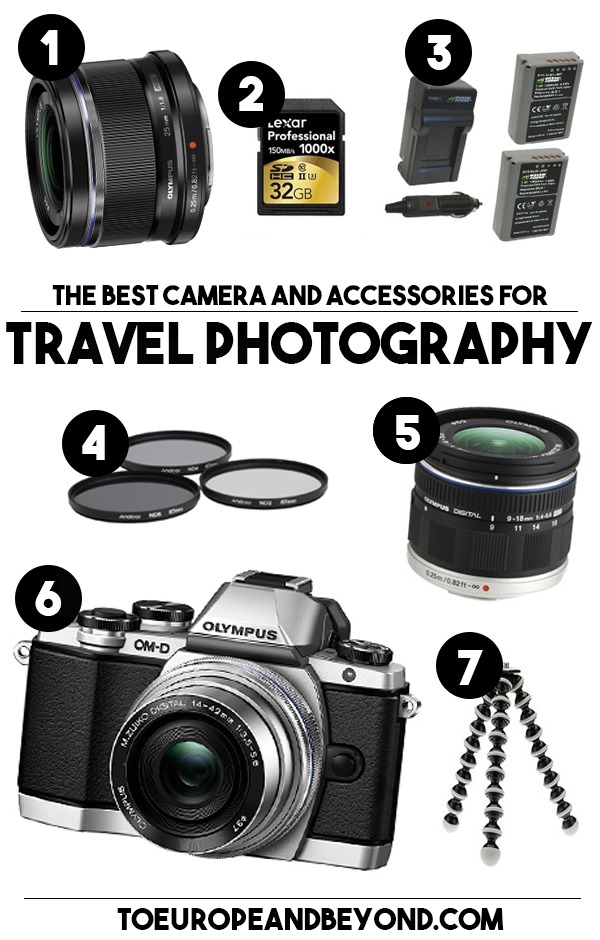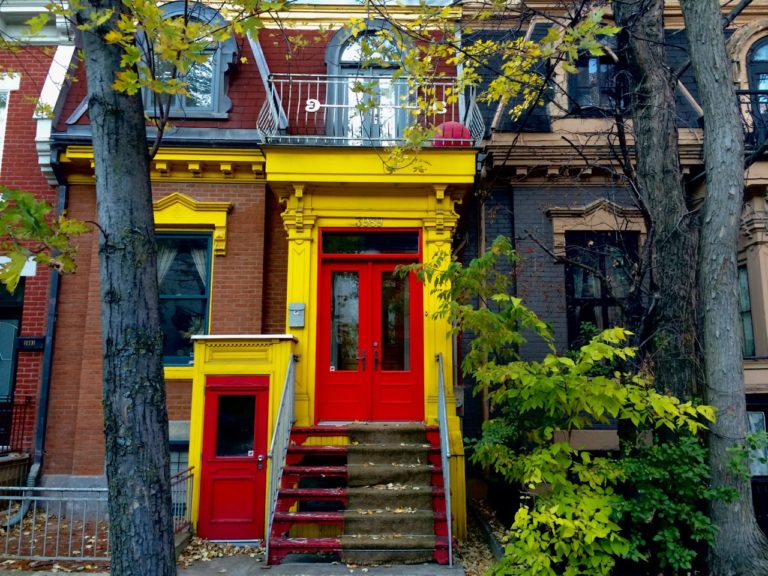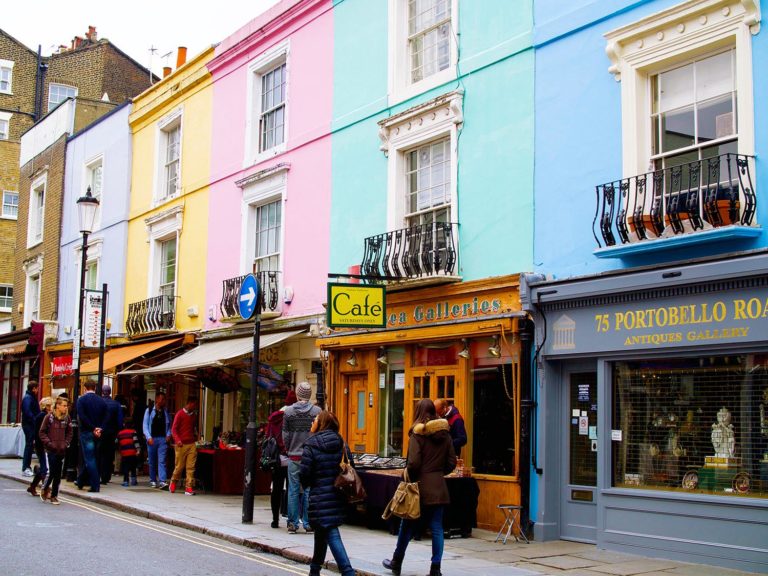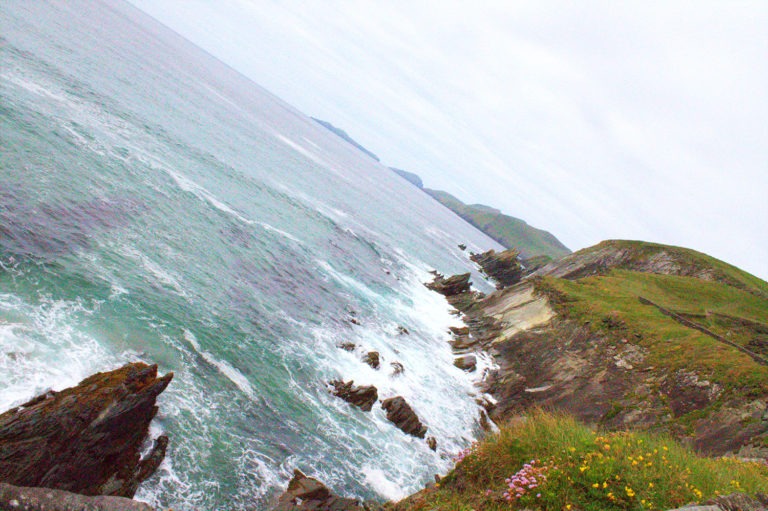I bought the most portable, best travel camera on the market
You may have noticed a slight change in the images I’ve been using on this blog for the past couple of weeks (which, I hope, are enhanced by the new blog layout!). Time to be honest here and say it out loud: I’ve ditched my old dSLR for a younger and thinner model. Midlife crisis, perhaps? ;-)
My back could no longer stand the bulk and weight of carrying my reflex camera and lenses around all day. Most importantly, it was an entry-level dSLR and did not perform as well as I would have liked it to; truth be told, I had neither the patience nor the budget to improve my skills and my gear. I wanted something light, powerful, simple to use, with changeable lenses and within my price range; in other words, I wanted the unicorn of travel photography.
After weeks of research, I finally committed to a camera that fulfilled all of my criteria and took the plunge: I bought the Olympus OM-D E-M5 Mark III.
Is this the best travel camera there is? What I like about the Olympus OM-D E-M5 Mark III
The weight
I’m so glad that I don’t have to choose between performance and portability anymore. At just 0.87 lb/396 g with battery (add a few more grams for the lens), it just doesn’t get better than this. My bag is light, my neck and back don’t hurt anymore and I don’t have to think twice about airlines’ pesky weight limits.
The changeable lenses
I wanted a lighter camera but I wasn’t willing to sacrifice performance; I do appreciate macro shots but sometimes I also need the bigger picture. This camera has changeable lenses, which I’ve taken advantage of. I’ve purchased three lenses:
- 14-42mm f3.5-5.6 II R: The basic lens for the Olympus O-MD E-M10. The 3X electronic zoom is very handy and has near silent focusing.
- 25mm f1.8 lens: Ideal for portraits and close-up shots. It has a nice natural brightness to it, requires very little post-editing work. It’s a fixed lens, so no zoom there, which means you have to be a bit more creative with your location and placement (a bit further away than you would with a zoom lens) but the depth of field and crispness is absolutely worth the work.
- 12-200mm F3.5-6.3 lens: This one boasts the longest zoom range of any mirrorless camera, going from telephoto to wide angle seamlessly. It’s also dustproof and splashproof.
- 9-18mm f/4.0-5.6: This is a wide angle lens that is both versatile and easy to use. There are better and more performant wide angle lenses out there, but they are also much more expensive. This is a great option for entry-level travel photographers.
Wi-Fi connection
If I want to share photos straight to my social media channels or if I need wireless control, this camera makes it super easy, making it ideal for travel photography.
LCD touchscreen
This is perhaps my favourite feature of this travel camera: I can pick all the settings and even force focus (the camera has an automatic focus feature, but sometimes I get creative) with a touch of the finger thanks to a fabulous 3″ tilting LCD touchscreen.
See what it can do








Should you switch to a mirrorless camera for travel, too?
A lot of travellers wrongfully think that good travel photos are synonymous with expensive dSLR camera.
Let me tell you one thing: a good camera does not a good photo make.
A lot of photos have good enough pixel quality to be printed as wallpapers, but who the hell wants a wall-sized crooked photo of a famous landmark in their living room? I’ve seen countless travellers take horrible photos with 3000$+ cameras because they have, for starters, no imagination, and also, no technique whatsoever. Equipment and talent are equally important in terms of travel photography.
That being said, I think that mirrorless cameras are the best option for amateur travel photography. This camera will do the trick without requiring any compromise on your part; the photos are good enough for you to print them and display them in your home proudly. I know I do! Because bulk and performance were my two biggest concerns, I am extremely happy with my decision to ditch my dSLR. I now exclusively shoot with my Olympus O-MD E-M10 and I’ve fallen in love with the touchscreen.
I paid roughly $2200 for the entire kit. It might seem expensive for what a lot of people consider a “small camera” but let me assure you that this is in no way a downgrade from a dSLR. Its somewhat steep price can be explained partly by the relatively recent arrival of mirrorless cameras on the market, and also by the Olympus’ extremely powerful yet lightweight features. Performance has a price, one that I was willing to pay for fuss-free, high-quality travel photography.











